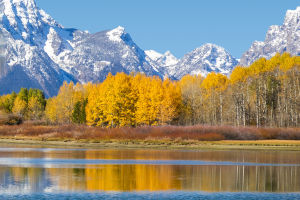After the Hydrangea flowers bloom, the flowers are dense, but the colors are diverse. Hydrangea flowers are very popular, and they show different colors in different places. What factors affect the color change of Hydrangea?
The color change of Hydrangea is mainly due to the accumulation of anthocyanins. When anthocyanins are dissolved in water, they will produce different colors under the influence of pH value. In autumn, the temperature begins to decrease, and the ability of Hydrangea leaves to transport water and nutrients begins to weaken. Glucose is constantly accumulating, and the increase of concentration will lead to acid in cells. Under such conditions, anthocyanins are easy to turn red.
Therefore, it will be found that Hydrangea in most areas will show a large amount of red after autumn. This is the reason. At this time, the temperature difference between day and night is relatively large, and the speed of color change of Hydrangea will also be accelerated, and the color will be brighter. However, when the temperature is too low, anthocyanins are difficult to color, so it will not affect the color change of Hydrangea, and most of them will maintain normal color growth.
In addition to the influence of soil pH, the causes of Hydrangea discoloration will also change with the blooming time of hydrangea. For example, pink or Blue Hydrangea will slowly turn green until the hydrangea is completely withered and decayed.
Hydrangea blooms intensively in summer, but it is also ornamental in other seasons. It can still maintain its vigorous vitality in winter.


